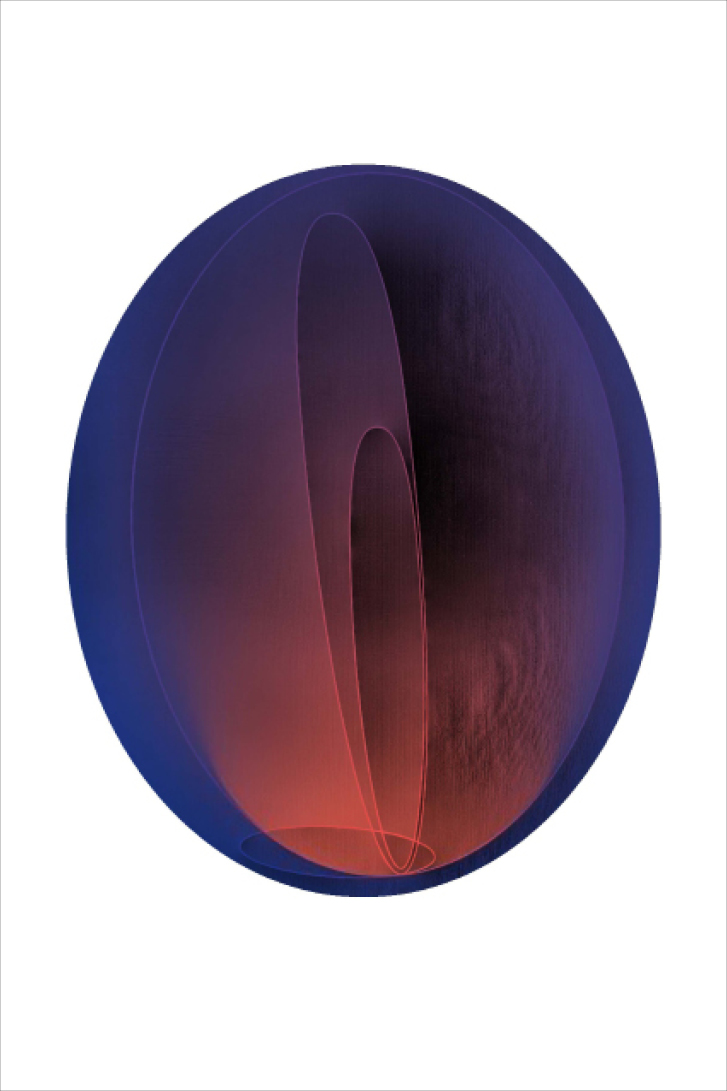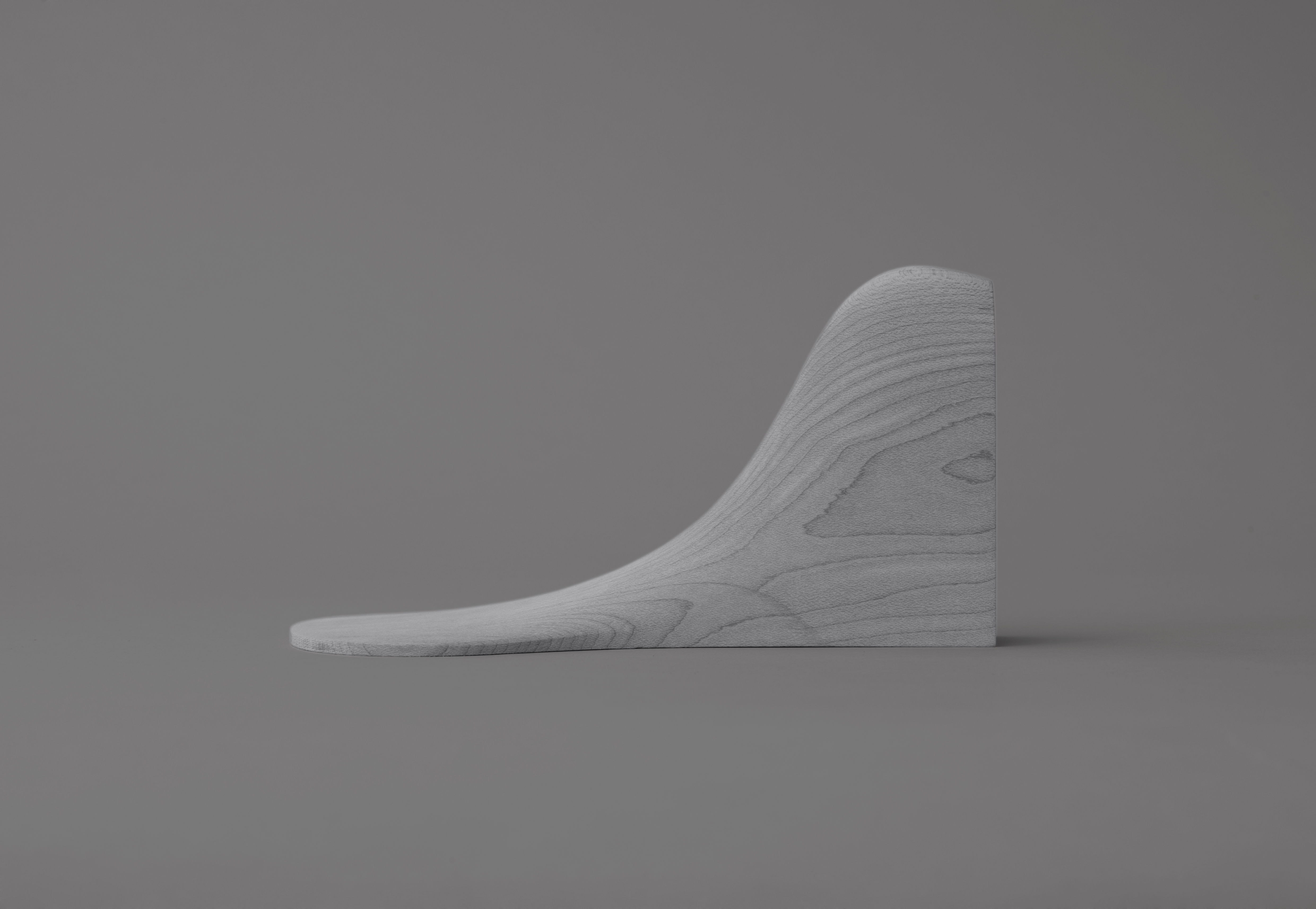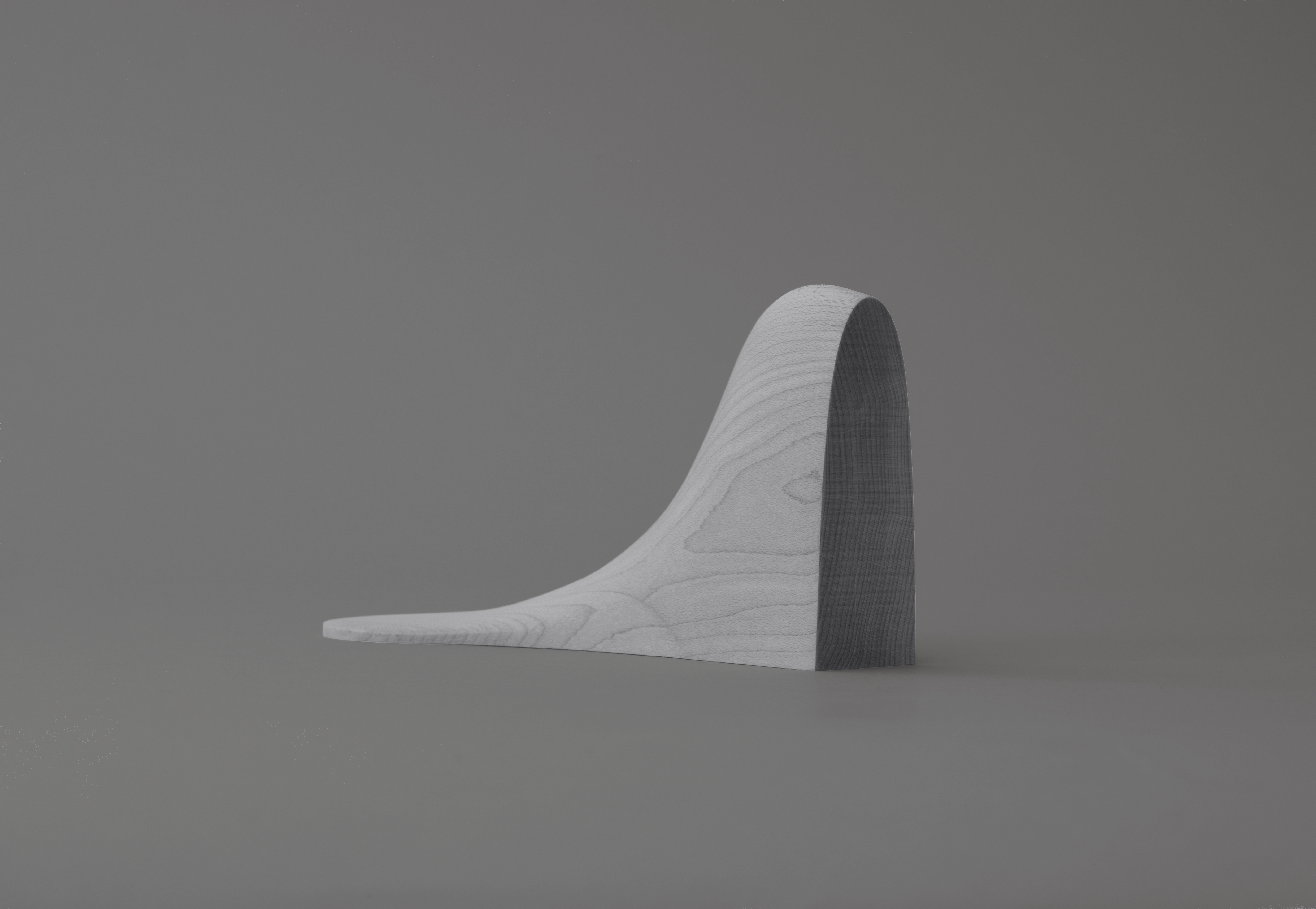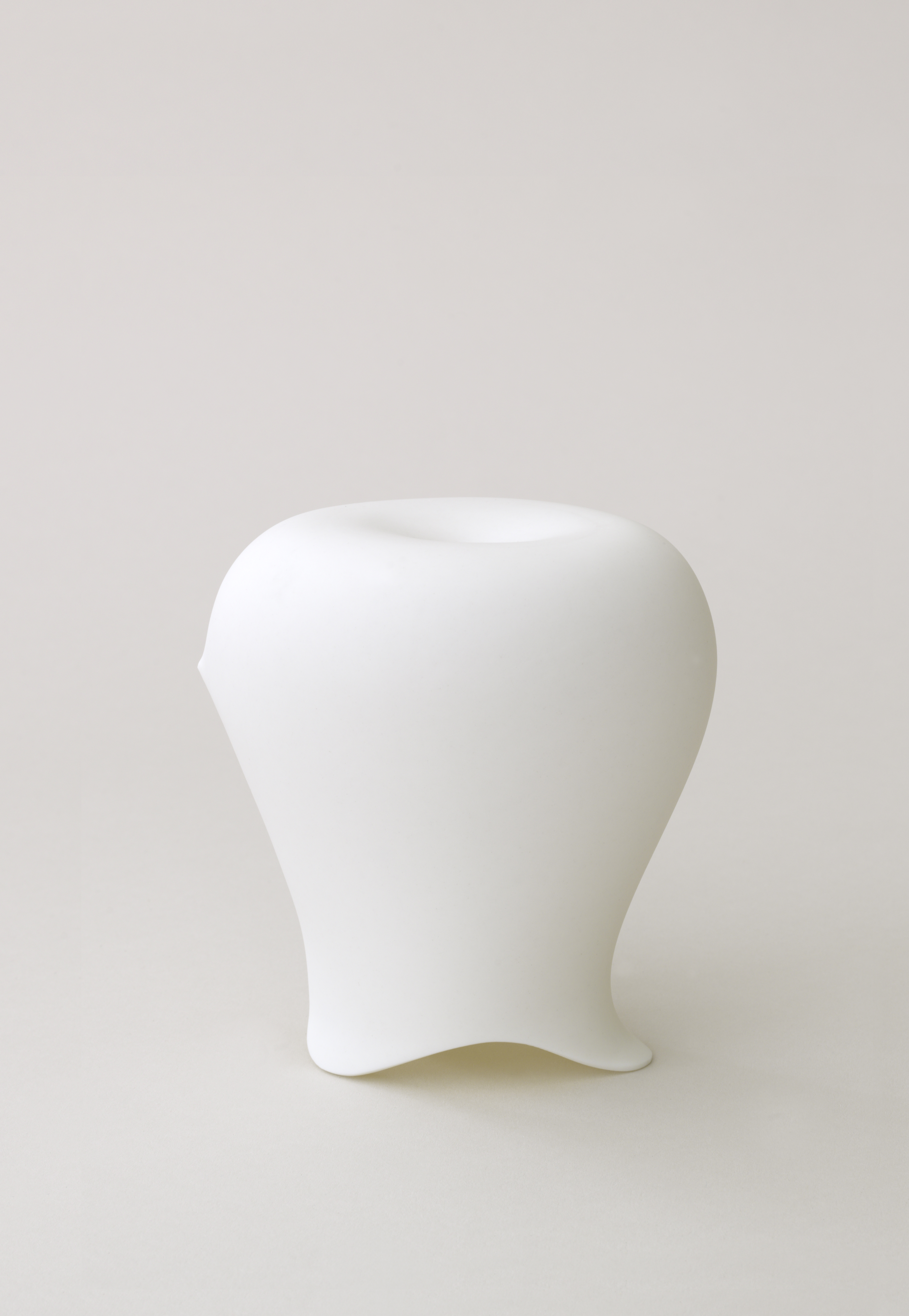CARTE BLANCHE
PLUEER SMITT
06.04.
04.05.2019
What is a thing? How is it encountered? How is it perceived? These are questions that product designers are constantly asking themselves, indeed have to ask themselves. Among them are Dominic Plueer and Olivier Smitt, who in their work with ostensibly neutral, technical things are constantly engaging with materiality and form and with the boundaries of what can be materialised and formed. Their lamp +1 (Plus One) questions both the objectivity—or objectivisation—of things and their own role as shapers of things, along with that of their audience as viewers or consumers.
In the design context as well as in exhibition situations, things are often reduced to their physical materiality: they become functional and servile objects, objects as commodities. Even those institutional and economic milieus in which design takes place and the presentation, communication, and reception context they provide tend to promote the perception of things as static, self-contained, and fixed—fixed in a function whose aim is to satisfy a need, fixed in an existence that does not extend beyond their usability and purposefulness, fixed in the putative neutrality of their utility to their users.
But what if a thing is conceptualized over and above its physical appearance, its essence as a product, its fixed function? What if a thing is not viewed as a closed, lifeless, and inanimate entity, but rather as something in a state of constant becoming—becoming in and with a world that is itself in a constant state of flux, and that cannot be so much as imagined without the visitors to this exhibition? Or what if a thing becomes intractable—unserviceable even—and no longer lets itself be merely consumed?
By robbing their lamp of any obvious primary function, specifically that of a functional light source, even though it is the light mood that it generates that affects visitors emotionally, Dominic Plueer and Olivier Smitt allow thing and visitors to enter into a dialogue centered on these questions—and others like them. Their object is constantly coming into being anew: in and with its surroundings, in and with the space in which it is situated, and in the eyes of all its beholders. And at the same time it has the effect of changing its surroundings, its space, and all of us who are present. So, does the object make us or do we make the object? Who is producing whom? Who in this relationship is the object and who the subject? Or are binary categories such as these in any case dissolved in the process of mutually influential becoming? The old familiar roles—the dualism between the object, the thing as servile and neutral product and visitors as consumers and manipulators—no longer apply in this installation by Dominic Plueer and Olivier Smitt. How do we handle this? Are we willing to engage with the object over and above its functionality and to experience it in all its many facets?

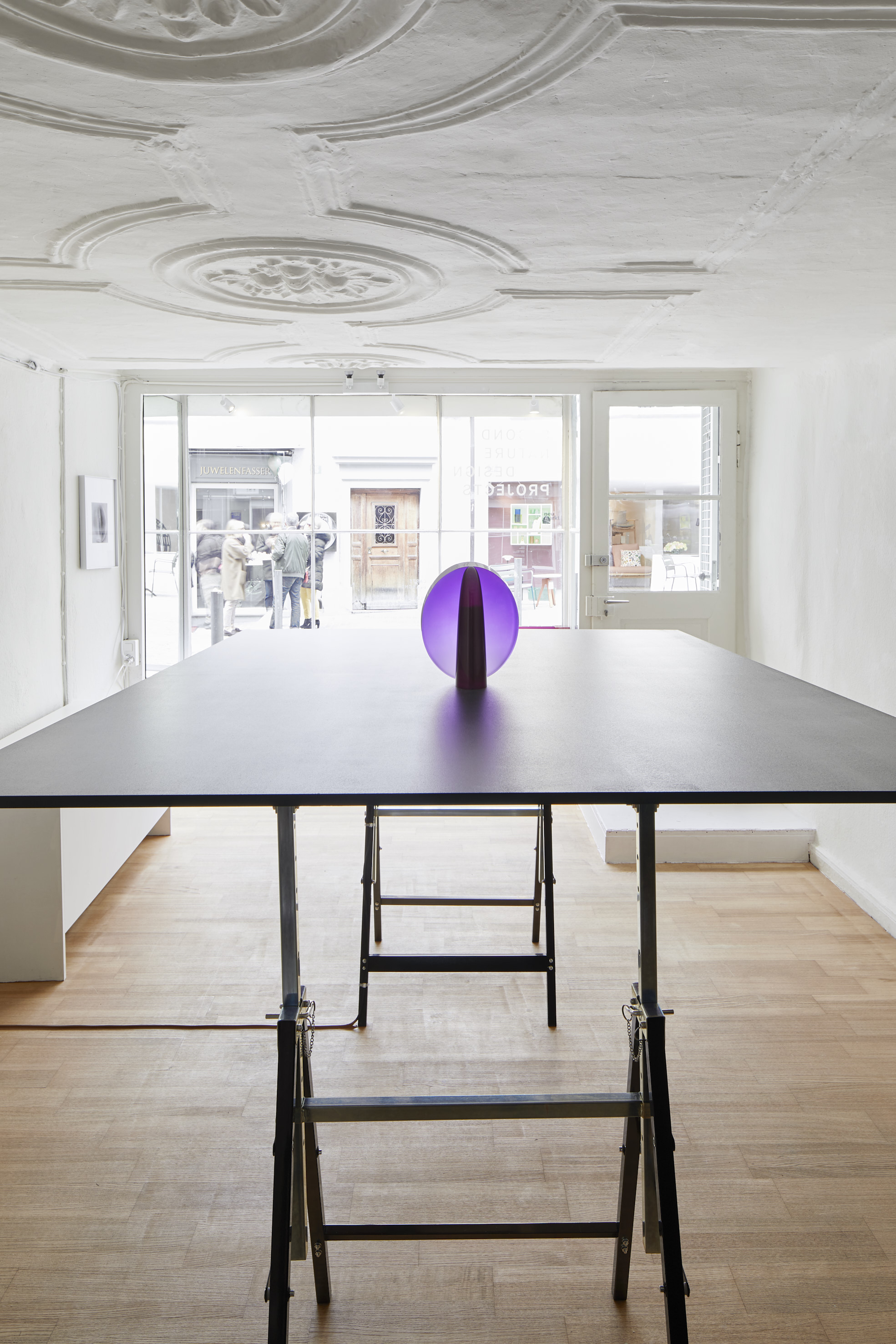
PHOTOGRAPHY LORENZ CUGINI



